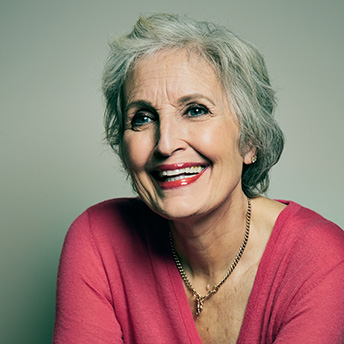THERE are not many people who own a former synagogue.
But that is what artist Maya Brisley has in her back garden. Built by refugees from the Warsaw ghetto, it is the smallest synagogue in Britain. Access has always been through Brisley’s east London home. “When I moved in, the synagogue was falling down, and everything had to be done to it,” she explains. Now it houses Brisley’s studio and has a spectacular glass floor – which doubles as a glass ceiling for the ground floor.
THERE are not many people who own a former synagogue.
But that is what artist Maya Brisley has in her back garden. Built by refugees from the Warsaw ghetto, it is the smallest synagogue in Britain. Access has always been through Brisley’s east London home. “When I moved in, the synagogue was falling down, and everything had to be done to it,” she explains. Now it houses Brisley’s studio and has a spectacular glass floor – which doubles as a glass ceiling for the ground floor.
She also throws parties in it.
The house is Georgian, built by Huguenots. “It was a weaver’s home, so it’s not ornate,” explains Brisley, who who owns Canal, a shop that sells antiques, textiles and jewellery bought during her world travels. The floors (mostly original pine) still slope from having supported the looms; the dining room used to be the material shop. And most of the property’s original panelling, fireplaces and shutters remain.
The house is a typical town house: tall, with lots of rooms, opened up only where the hallway and drawing room dividing walls had fallen down. “There were such constraints when I did it up,” says Brisley, who is wearing a long Indian robe. “It’s Grade II* listed, and I wasn’t allowed to touch anything – although there’s not much you can do with a panelled kitchen.” Untouchable panels do not permit much bedroom cupboard space, either.
She paid £250,000 for the 5,000sq ft property when she bought it in 1994, from a lady who was a friend of an Admiral. “It looked like a ship,” laughs Brisley. “It was painted navy and white, and decorated with nautical maps.”
She pared the house back to its original form. “It was tumbling down. I had to reinstate things [the restorations are sympathetic] and do everything, from the wiring onwards.” Brisley did not begin work until she had lived there for two years. “That way I didn’t make mistakes,” she says. “If you do things too quickly, it’s expensive, because you have to redo them.”
She did not start decorating the property for five years.
The paintwork in the house is very distinctive. From the ochre walls in the dining room and hall and the black banisters and shutters, to a Cork green kitchen; a traditional 18th century kitchen colour. “It stopped insects. Originally it had arsenic in it,” says Brisley. “Lick the paint and you die.”
The sitting room is mahogany, the bedroom fleshy.
“Rather pompously, I call them Titian colours,” she says. “I mixed the colours using artists’ acrylics.
It lasts much longer. It’s like painting a canvas, which lasts hundreds of years.” And it is true that the paintwork looks fresh, even after several years.
When Brisley arrived in England, she had no possessions. Her father was an Armenian Jew, but she was raised in Istanbul by a nomadic mother who had travelled across Asia, living in a tent. Now she is an obsessive collector. Every available surface is covered.
Bread shelves display multidenominational religious icons in the drawing room. There is also a large French fruitwood table spread with a superb collection of antique Himalayan and African tribal masks, a white lacquer Charles Eames oval coffee table, an Edwardian ship’s day bed, a circular Coptic table fashioned from one piece of wood, and Asian textiles and cushions are everywhere.
The dining room sports a chandelier (“chucked out by a neighbour”), a green-painted French farmer’s table, a Welsh lambing stool and an Irish fool’s chair. “I’m not a great entertainer,” says Brisley. “I take friends to St John restaurant.”
In the hallway are Greek Orthodox tamata – images punched in tin seeking divine cures and protection.
In the bathroom, a Chinese lacquer table and antique Indian juggernaut ( chariot) wheel have been modified to serve as bathroom cabinets-The window blind is an Asian shawl. Every object has a story – this one came from American trading ships, that one from a Punjabi tribesperson, while the other was Brisley’s grandmother’s marriage rug.
OUTSIDE, the original Victorian street lights glow dimly. Inside, the lights are low.
Brisley lives with two Bengal cats. Until recently she also shared her home with ghosts.
“I used to hear buckets being moved and floors being scrubbed upstairs,” says Brisley, who is also a Tarot reader and comes from a tradition of mystics. Once, I saw two women wearing 18th century clothes. But they’ve gone now.”

